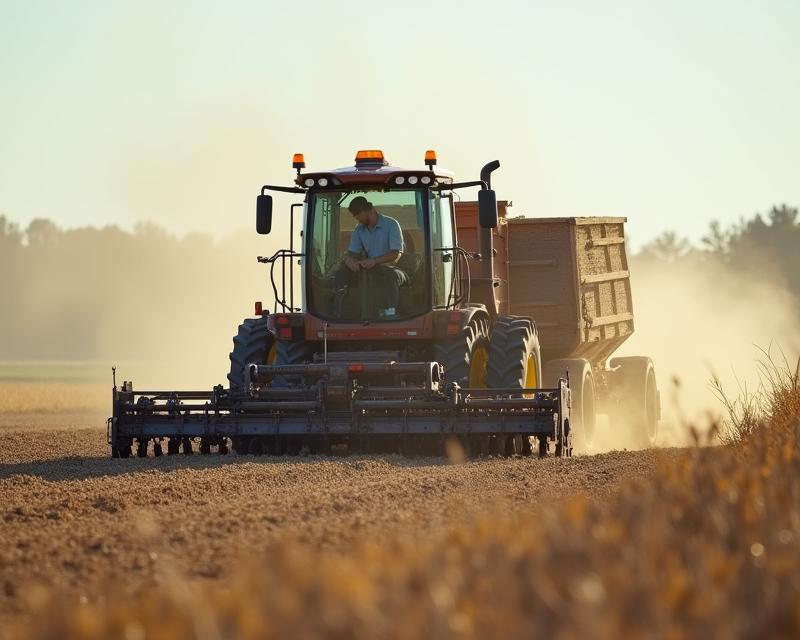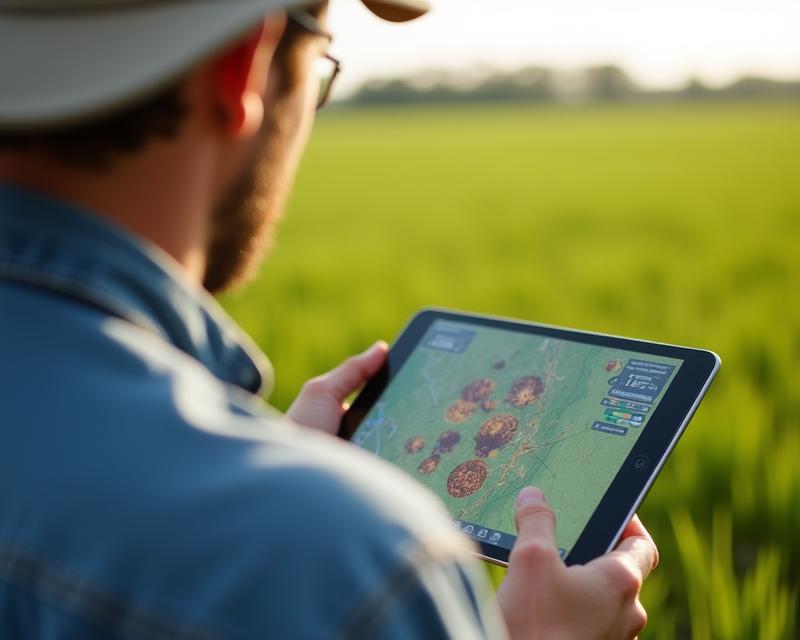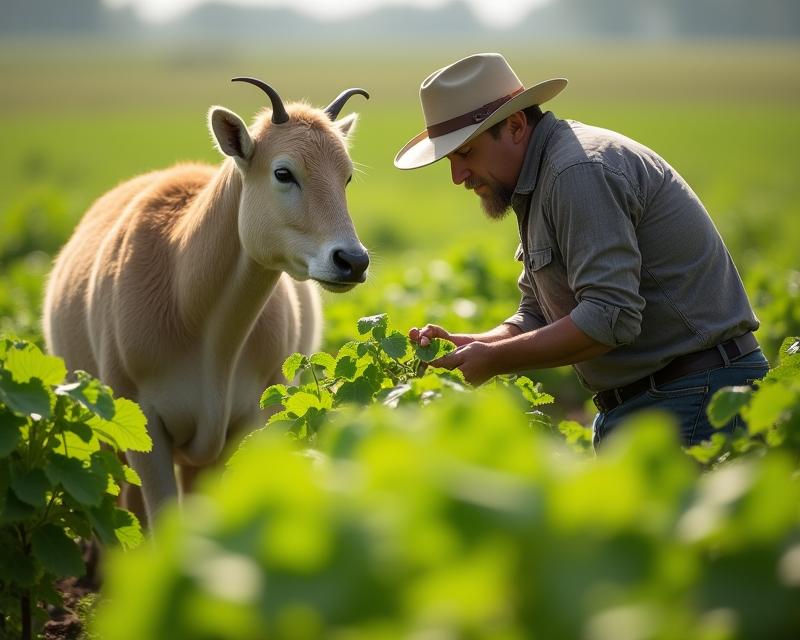No-Till Farming Equipment: A Farmer's Guide
Publish in Sustainable Farming el 22/07/2025 16:23
No-Till Farming Equipment: A Farmer's Guide
No-till farming is gaining popularity for good reason! It’s a method of planting crops without disturbing the soil, which offers a ton of benefits – from reducing erosion and improving water retention to boosting soil health. But to make no-till work effectively, you need the right equipment. This guide breaks down the key machinery used in no-till farming, helping you understand what’s involved and what to look for.

Key Equipment for No-Till Success
The core of no-till farming revolves around specialized planters and tillage tools designed to work with existing crop residue. Here’s a look at some essential pieces of equipment:
- No-Till Planters: These are specifically designed to plant seeds directly into the undisturbed soil. They often feature coulters to cut through residue, closing wheels to firm the seedbed, and specialized seed metering systems.
- Disc Harrows: Used to create a narrow seedbed without inverting the soil. They slice through residue, creating a small space for the seed to germinate.
- Coulters: These are blade-like attachments that cut through crop residue, allowing the planter to operate smoothly. They are often used in conjunction with planters and disc harrows.
- Row Crop Cultivators: These are used for secondary tillage, such as controlling weeds and creating a loose seedbed. They are designed to minimize soil disturbance.
- Seed Dressers: These attach to planters and apply fertilizer alongside the seeds, ensuring proper nutrient distribution.
Choosing the Right Equipment
The best equipment for your farm will depend on several factors, including the type of crops you grow, your soil type, and the amount of residue you typically have. Consider the following when making your selection:
- Residue Management: How much crop residue do you typically have? Heavy residue requires more robust coulters and planters.
- Soil Type: Sandy soils may require different equipment than clay soils.
- Crop Type: Different crops have different planting requirements.
- Farm Size: Larger farms may benefit from larger, more efficient equipment.
Benefits of Investing in No-Till Equipment
While the initial investment in no-till equipment can be significant, the long-term benefits are well worth it. Reduced fuel costs, lower labor requirements, improved soil health, and increased yields are just a few of the advantages. By investing in the right equipment, you can unlock the full potential of no-till farming and create a more sustainable and profitable operation. Don't hesitate to consult with equipment dealers and other no-till farmers to find the best solutions for your specific needs. It's an investment in the future of your farm!





